New choice for coffee enthusiasts: "Flat White"
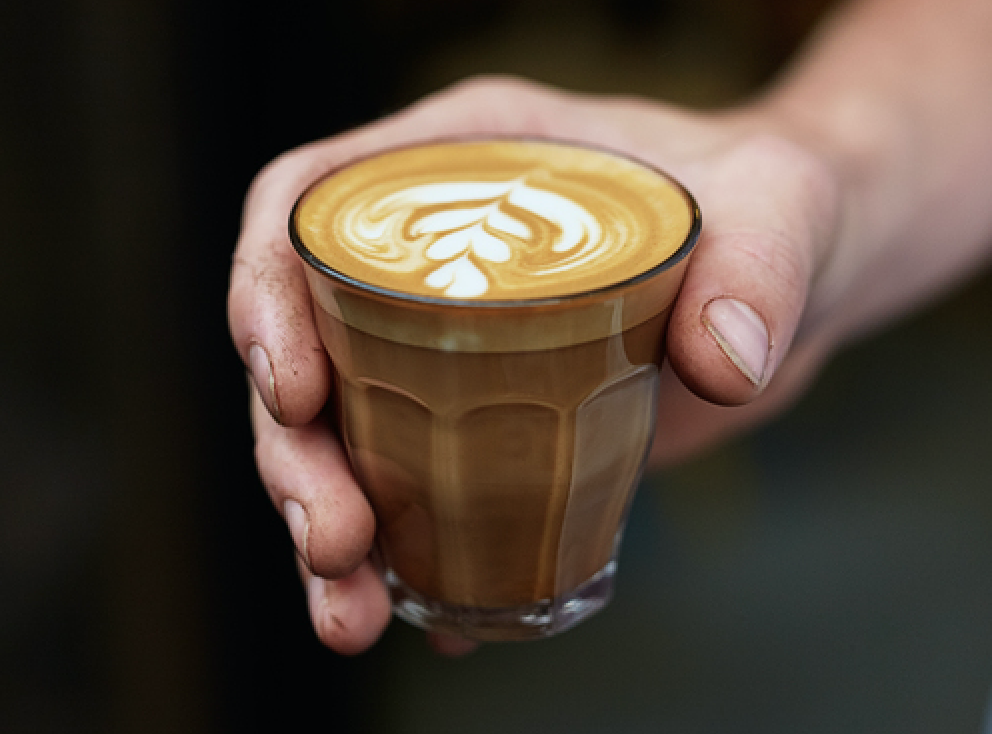
For professional baristas, please follow the coffee workshop (Wechat official account cafe_style)
Do you have a cup of coffee every day? Do you like to spend the afternoon in a cafe? Do you also have a hidden coffee shop list? These may all belong to the love of coffee. What kind of coffee do you order every time? Maybe you often just order a stale latte based on habit or intuition-I'm sorry to say that, because your choices can be more varied!
Speaking of milk coffee, one day I drank a cup of "Xiaobai" coffee (a nickname for Flat white) at KiOSK, a popular cafe next to Sanchuang. The ratio of coffee and milk is perfect, and it is entirely my dish. I later learned that Flat white is from Australia and is popular all over the world, and Australian coffee culture has been booming for a long time! Let's talk about Flat white today. Taiwanese are not familiar with it yet, but it has been popular in New Zealand, Australia, Europe and the United States for many years.
Editor's note: espresso generally refers to espresso (Espresso) from Italy, and drinks that use espresso as the base with boiled water or milk, such as Caffe Latte, Cappuccino, Macchiato and so on. Australian coffee is in the 1950s, that is, before and after the second World War, many Europeans (including Italians) fled to Australia, so the introduction of high-quality espresso and its extended drinks have been developed by Australians and become their own style, such as Flat white, Piccolo latte lattes and so on.
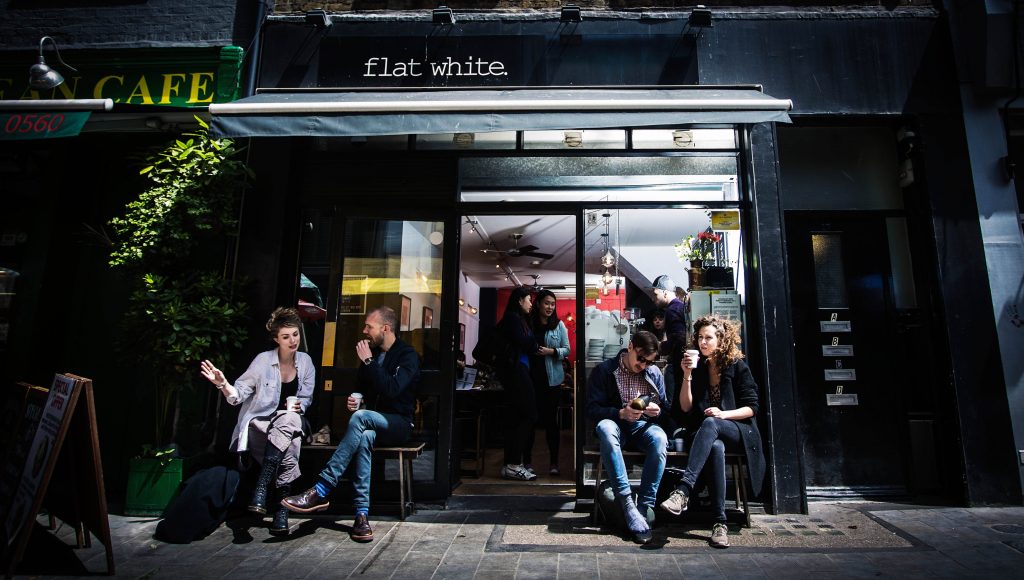
Conquer the taste buds of the world from the South Pacific
From the southern hemisphere to the whole world, the origin of Flat white is still a topic of debate between New Zealand and Australia for decades. Australian Alan Preston claims he opened the Moors Espresso Bar Cafe in Sydney in 1985 and invented the coffee, while New Zealand barista Fraser McInnes said he mistakenly gave it a new name after making a failed cappuccino with not enough milk when he was working in a Wellington cafe in 1989.
Even though the source is still in dispute, the trend of Flat white has become unstoppable. It has become mainstream in the UK since 2010, and then spread to Canada and the United States. In order to please more young coffee lovers, coffee chain Starbucks has put this coffee on the shelves in Australia, Britain, the United States, Chinese mainland and other places in recent years. Although, Australians who have high requirements for the quality of coffee often do not necessarily buy Starbucks.
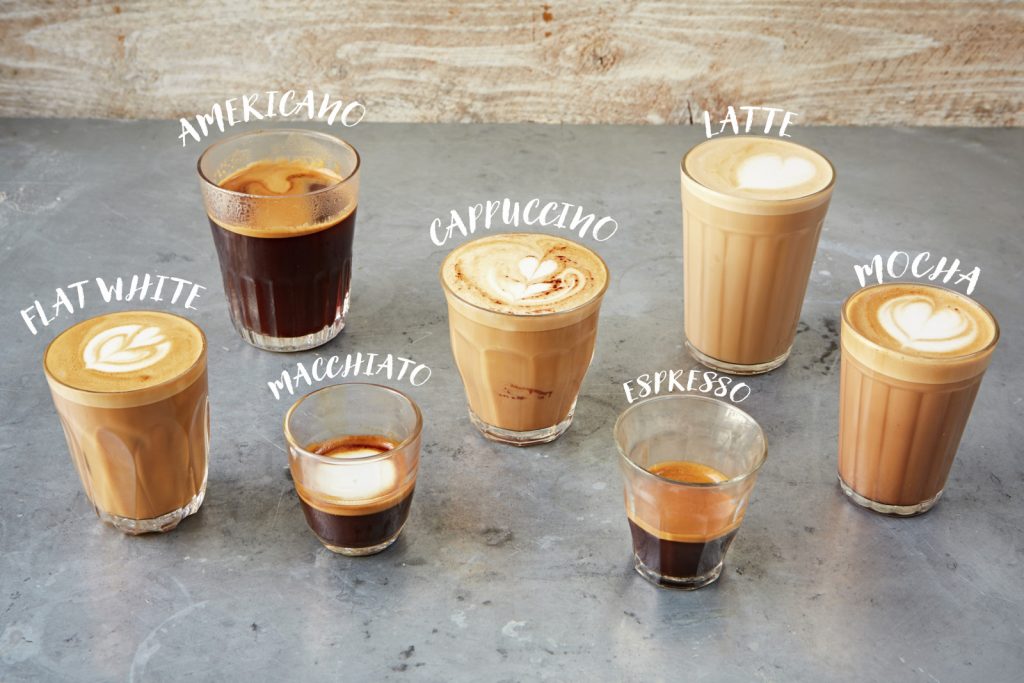
So, what on earth is Flat white?
The answers vary, and it is often said that it is a small latte, but in fact, it is very wrong! According to the British Starbucks website, Flat white means that steamed milk is poured into espresso, covered with a layer of Microfoam at the top. Gee, it still sounds like a latte, doesn't it? Furthermore, according to professional coffee blogger Coffee Info, "the main difference between latte and Flat white is the ratio of milk to espresso." Flat white has less milk than a latte and has less foam on top. "
At this point, we have to talk about the difference between it and other milk coffee. If we now make a latte, a Flat white, a cappuccino, a macchiato, a latte with one or two servings of espresso on the market, for comparison, let's first assume that all four cups of coffee contain espresso content of 30ml. The difference is obvious under this benchmark:
1. Latte: 30ml espresso + steamed milk with 3-9 times coffee content + soft milk, fine baby milk with more bubbles.
two。 Xiaobai coffee: 30ml espresso + steamed milk with 4 times the amount of coffee + silky, small baby milk foam
3. Cappuccino: 30ml espresso + twice the amount of steamed milk + thick coarse foam of ⅓ cup (Dry foam)
4. Maggialdo: 30ml espresso + a little milk + 1 tablespoon of baby milk foam
Milk bubbles are usually divided into three levels: the lowest layer of liquid hot milk, the middle layer of silky baby milk foam, and the top layer of strong coarse milk foam. Flat white and lattes use liquid milk at the bottom and silky baby bubbles, but Flat white uses lower-layer, fewer bubbles, so it is slippery, and the foam at the top of the coffee cup is thinner. In the traditional practice, there is even a stipulation on the number of centimeters of milk foam. In addition, the amount of espresso contained in each cup of Flat white can always vary from person to person. According to the degree of richness you like, you can choose one, double espresso (Single, Double), or even more intense espresso (Ristretto), which has created a world of great changes in coffee.
This is the conclusion drawn by us to integrate the data of all parties, and we can find that the ratio of milk to coffee, the thickness of milk foam and the method of flower drawing make these coffees very different.

The Evolution of Milk Coffee
In Australia, many stores collectively refer to milk coffee as "White," and consumers communicate with baristas according to their personal preferences. In addition, Taiwan's first World barista Competition, WBC, not only attaches importance to the origin of coffee beans, but also sets the proportion of milk added by the contestants themselves. Obviously, many baristas no longer adhere to the above brewing rules. Why?. It is estimated that it is caused by the third wave of coffee movement and the popularity of coffee flowers. The third wave of movement began to clearly mark coffee bean producing areas, estates, treatments, etc., and picked shallow roasting to maintain the clean fruit aroma and "regional flavor" of coffee, and coffee tasting began to become like "wine", and even developed a coffee flavor wheel; so even when it comes to making milk coffee, the focus is on the presentation of coffee flavor, rather than making a drink that perfectly presents the meaning of the standard.
When it comes to the popularity of coffee Latte art, for example, the traditional Italian cappuccino has a large amount of milk foam and is not suitable for complex flower drawing, so the barista has also made adjustments. In terms of the ratio of milk to coffee, cappuccino is still stronger than latte and has more milk bubbles, but it is not necessarily the traditional thick and hard taste and tastes smoother than traditional methods.

Conclusion
Going back to the KiOSK Cafe at the beginning of the article, the owner Phil shared with us, "without the coffee culture integrated into life, Flat white is just espresso and milk." I think this also applies to any kind of coffee bar! Phil, who earnestly makes coffee and runs cafes, pays attention to every detail. He just hopes that coffee can really be integrated into our lives instead of being reduced to superficial rituals. "just like beauty and beauty in Taiwan, it's enough to live in life!"
If you also like milk coffee, you might as well try a cafe you like. It's best to greedily order lattes, Flat white, cappuccino and macchiato at one time, and share them with articles to find out what you like best.
OLYMPUS DIGITAL CAMERA
Important Notice :
前街咖啡 FrontStreet Coffee has moved to new addredd:
FrontStreet Coffee Address: 315,Donghua East Road,GuangZhou
Tel:020 38364473
- Prev
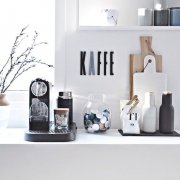
The pollution is serious! Capsule coffee is banned in Hamburg, Germany.
Professional baristas Please follow the Coffee Workshop (Wechat official account cafe_style) in recent years, the charm of the capsule coffee machine is so unstoppable that even the near-perfect George Clooney has to bow. But in real life, the negative impact of capsule coffee on the environment has gradually surfaced, and the city of Hamburg in Germany has even banned the use of capsule coffee by public agencies. only
- Next
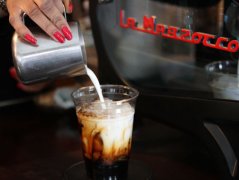
Bid farewell to the five summer recipes to add autumn flavor to the coffee.
Exchange of professional baristas please follow the coffee workshop (official Wechat account cafe_style) to bid farewell to the summer sun, and we welcome the short-lived autumn in Taiwan. Although it is not cold enough to say goodbye to iced coffee, but you do not want to live an ordinary life, should there be something new in the coffee cup in a different season? Bon Apptit magazine carefully selected good helpers to add autumn flavor to coffee, of which
Related
- Beginners will see the "Coffee pull flower" guide!
- What is the difference between ice blog purified milk and ordinary milk coffee?
- Why is the Philippines the largest producer of crops in Liberia?
- For coffee extraction, should the fine powder be retained?
- How does extracted espresso fill pressed powder? How much strength does it take to press the powder?
- How to make jasmine cold extract coffee? Is the jasmine + latte good?
- Will this little toy really make the coffee taste better? How does Lily Drip affect coffee extraction?
- Will the action of slapping the filter cup also affect coffee extraction?
- What's the difference between powder-to-water ratio and powder-to-liquid ratio?
- What is the Ethiopian local species? What does it have to do with Heirloom native species?

